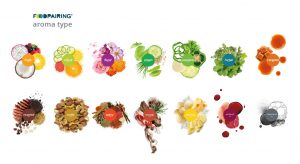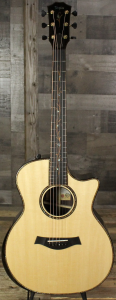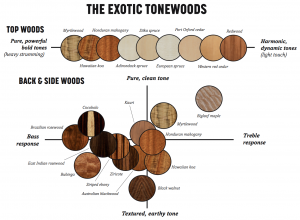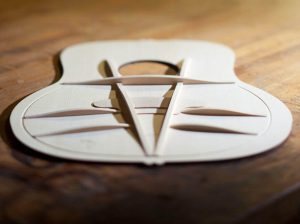 36,000 feet in the air, flying above the Canadian Rockies, traveling from Amsterdam to Portland, back from our visit to India, I am wondering where is home? Amritsar, New Delhi or Portland?
36,000 feet in the air, flying above the Canadian Rockies, traveling from Amsterdam to Portland, back from our visit to India, I am wondering where is home? Amritsar, New Delhi or Portland?
Let me back up for more than three decades. I was born in the holy city of Amritsar, in a Sikh family, little did I knew that the home for me would be different during different phases of my life.
My early years were spent in my ancestral home of my grandfather, where our family dwelled with my uncle’s. His son is likely the closest of my cousin’s, having spent the most time with him. He was 10 years older than me, introduced me to Bruce Lee and Michael Jackson. Being the only child, I was spoilt. Being the youngest among my paternal cousins and oldest among the maternal ones, I was loved from both sides. My grandfather would carry me on his shoulders and take me to street vendors selling painted clay toys. My cousin taught me how to fly kite, and my dad taught me calculus (yes, I knew calculus as a young child, but that’s a different story). And my grandmother practically raised me. I was home.
As my dad bought his first house, we moved out of my grandfather’s home. I was 7 or 8 years old. The new home was alien a bit. I remember that I’d ask my parents to “Take me home” as they would put me to sleep. I missed our ancestral home. Over time, I made friends in the neighborhood, played cricket with them, and, most importantly, my grandfather came to live with us. The new house became home. I shared the room with my grandfather and before going to bed, I would ask him to “sing me a song”. He would oblige with singing “sacred hymns” or Shabads, which I would understand much later. He lived until the end of his days with us. That home also gave me the first experience of death. I do not believe I fully understood the gravity of it, as I was protected, and did not attend his funeral. It was maybe it was my parents’ way of protecting me. I also lost a friend to cancer at that young age – someone who was just a few months younger than me. My time there was not that melancholic though, I had lots of fun, learned to ride the bike in the neighborhood. I also started biking to school with friends from the neighborhood, eventually got a moped (yes those tiny things) much earlier than I should have been licensed to drive. I grew until late teens in that home, and the time came for us to move once to our current house within India. I think all three of us got emotional as we handed over the familiar sound of those jingling keys to the new owners. But were also excited to go to our new home.
The new house, where my parents still live, became my home for the next few years. My dad constructed it to home a decent size family. A jingling sound of new keys became part of our lives and we started to get familiar with which switches would turn on lights or fan in different rooms (we have way too many switches in each room). I did not get to live there much, because I left for studying engineering in Chandigarh and then move to New Delhi for a job. A couple of years later, destiny brought me back to Amritsar for two years and I was living once again with my parents. That was almost 20 years back, filled with some good memories. We bought our first car, and I drove it into our outer wall while bringing it home. I blasted classic rock music while occupying the top room in the house. I collected thousands of audio cassettes (my father keeps them as a memory of me). Got my first PC – Intel Pentium PC. And I dreamed of going to the USA. I also met my wife during those years.
My move to the USA was both less of a culture shock than a climate shock. I moved to cold, snowy Milwaukee, Wisconsin in the middle of January. My wife joined me a year later and a few months later, we moved to wet Portland, Oregon in 2001. We are now settled there. We have created our lives around our work. We found friends who became family. Got a house in 2007, became our home where we are raising two incredible human beings.
During this last visit to India, in November 2019, as I walked into the home in Amritsar, memories came flooding back. My brain brought memories of nooks and corners around the house. My muscle memories activated while walking around a broken floor, which my parents got it fixed, still, I kept skipping it. I started looking through the old photographs and fond memories of all the places I have been to. I saw colors in those black and white photos – the red seat of my tricycle, the stripes of my shirt, or the dress my mom wore. Vividly, I remembered the places where that photographs were taken – as an infant in my parents’ arms in our ancestral home and to see my kid’s photos in our home in Oregon.
As the trip was coming to close in India, someone commented that it seemed that “we were ready to go back home”. That made me think, where is my home?
Maybe it is at every place that I have lived or maybe it is where my heart lives and mind remembers or just maybe it is where I am with those whom I love and who love me. 36,000 feet above the ground heading back to Portland, makes me wonder, am I going home?
And as I look at the faces of my kids, I know … I … am … home!
JPS Nagi
November 30th, 2019
Written on the iPhone, 36,000 ft in the air, above the Canadian Rockies!





